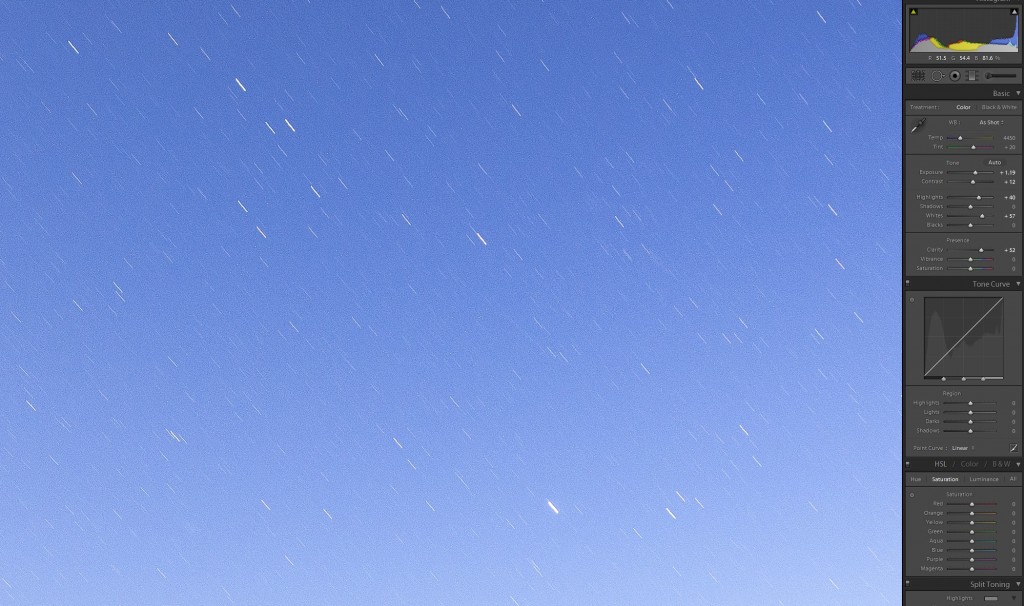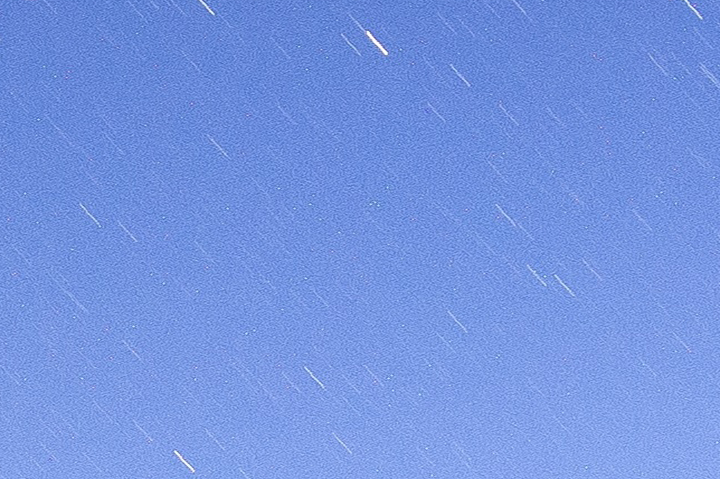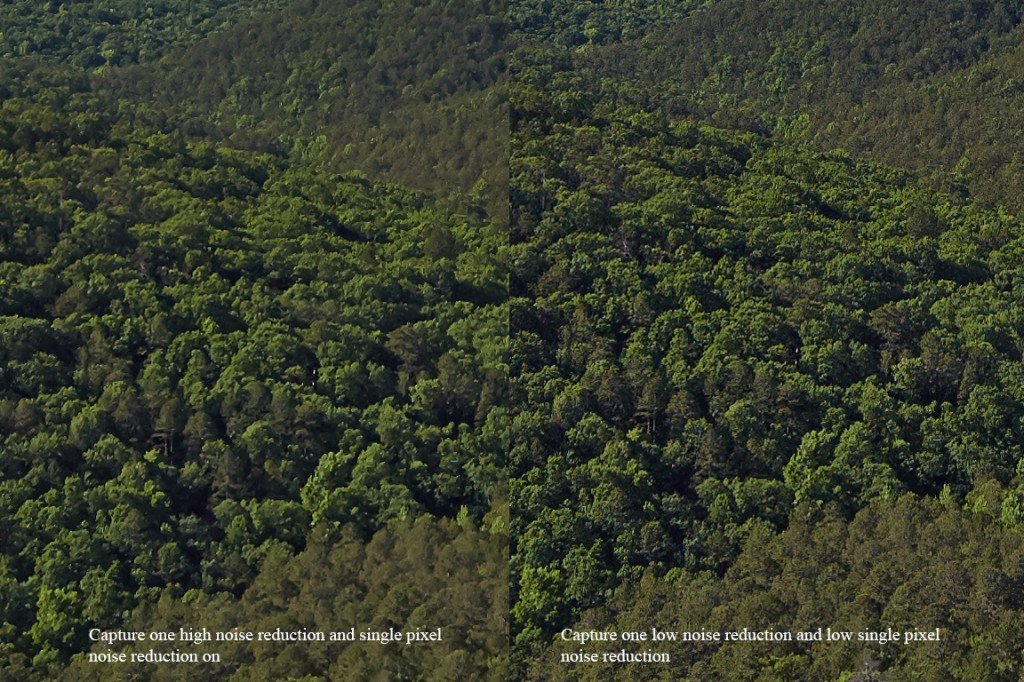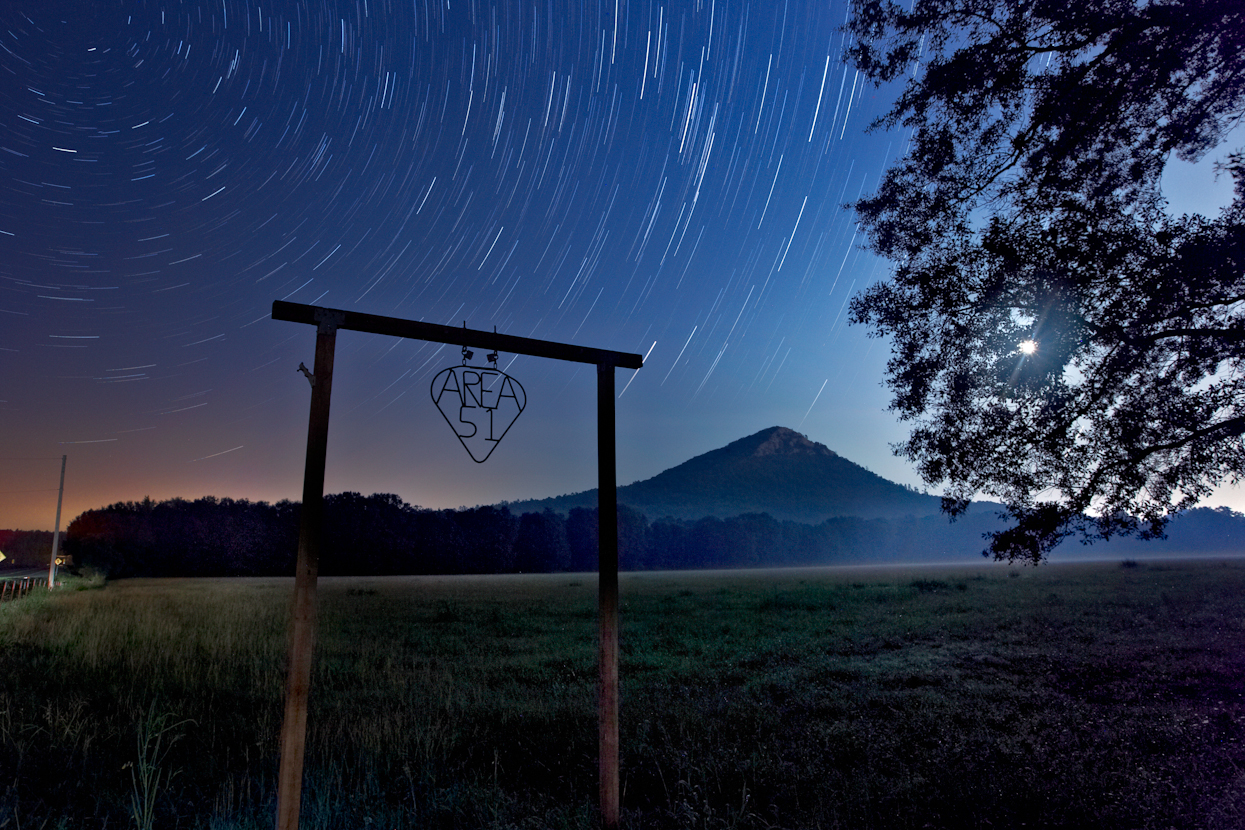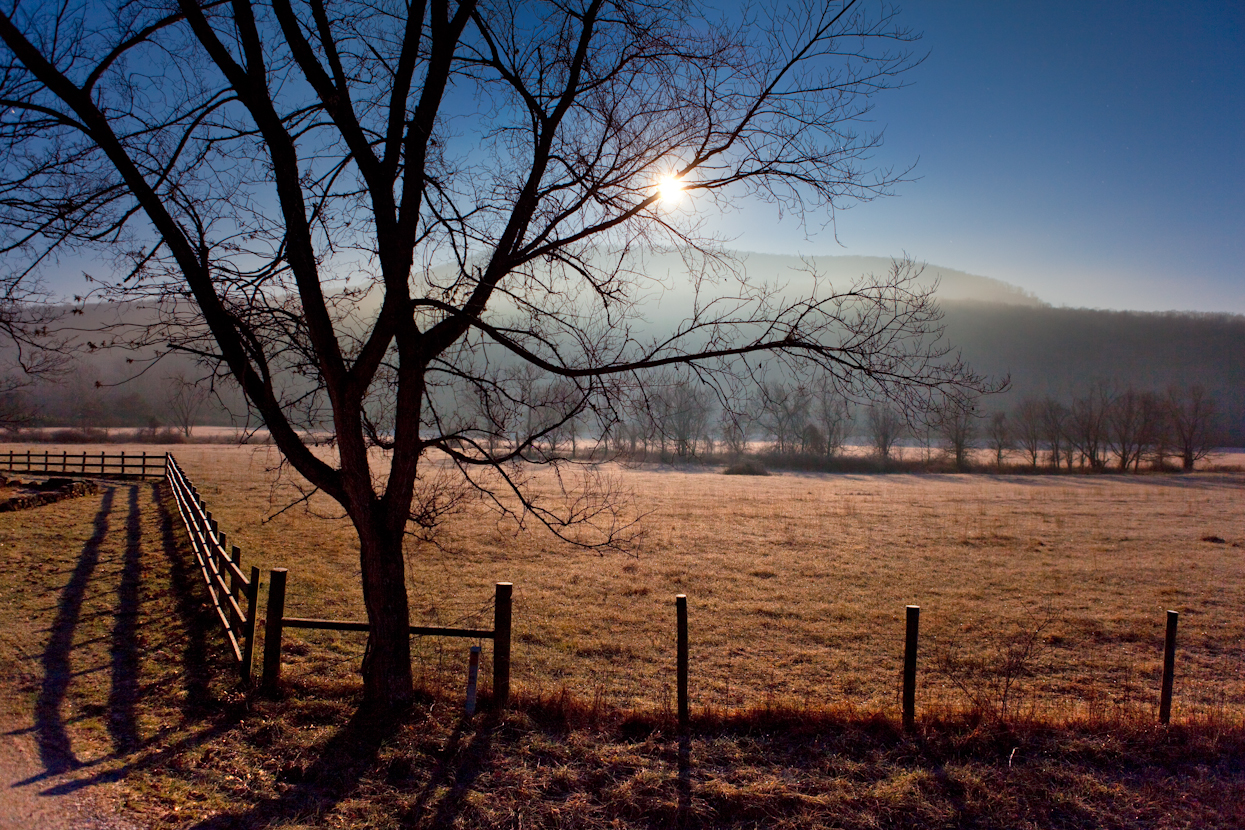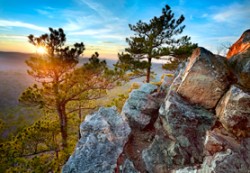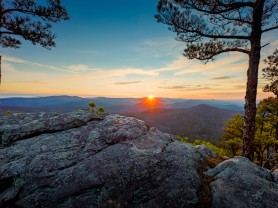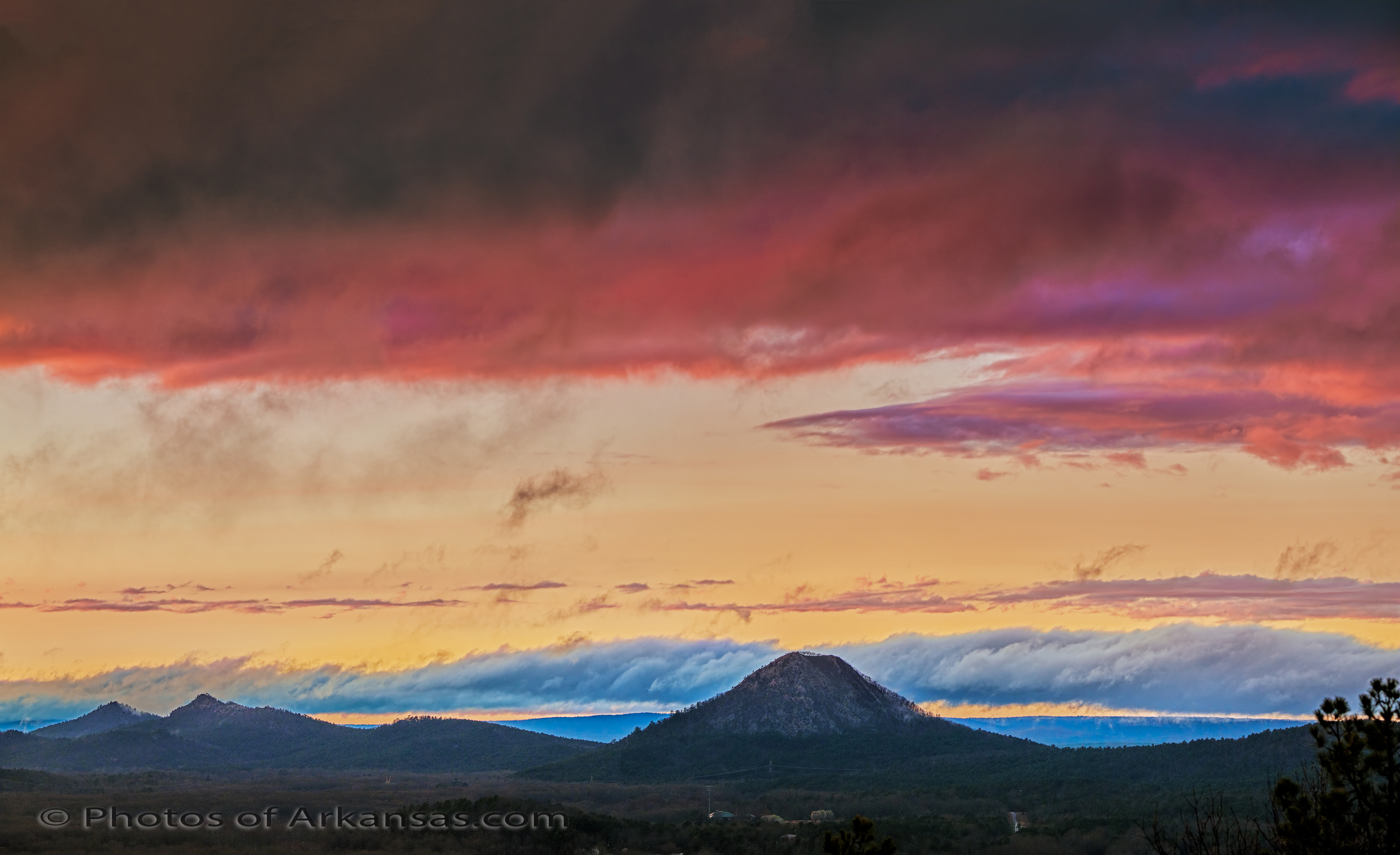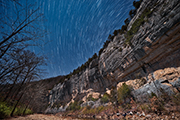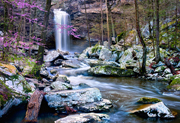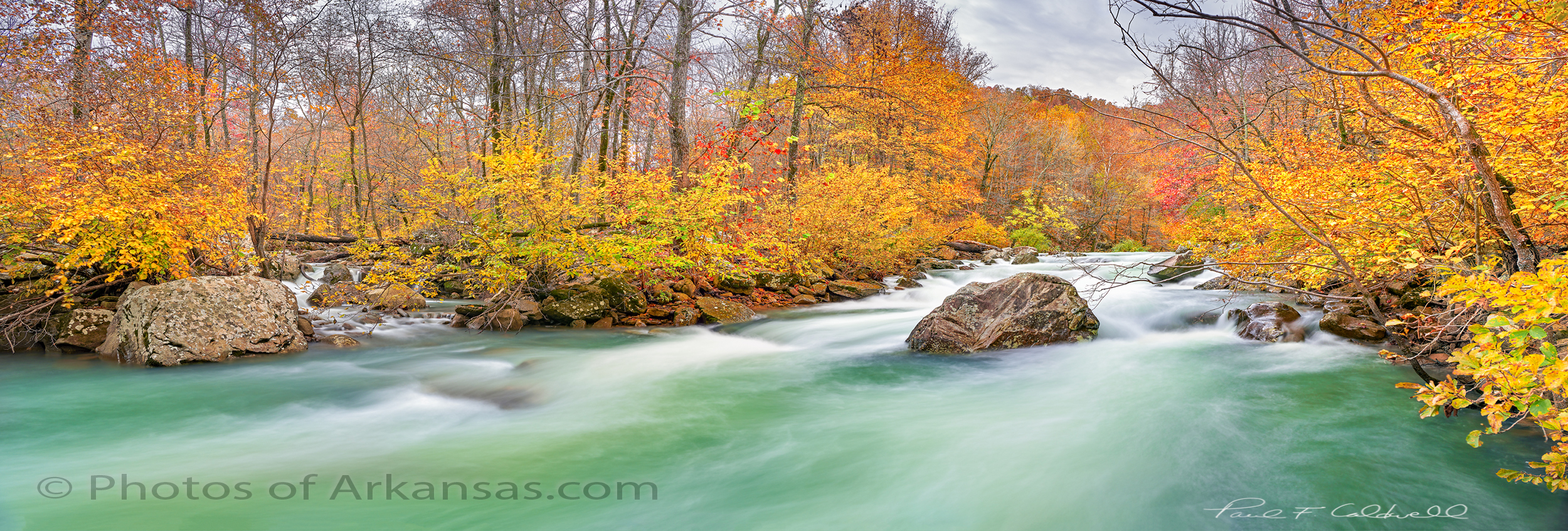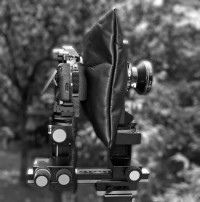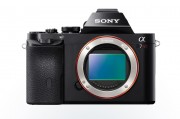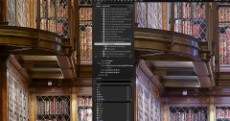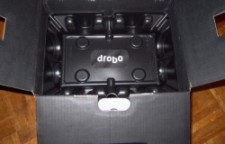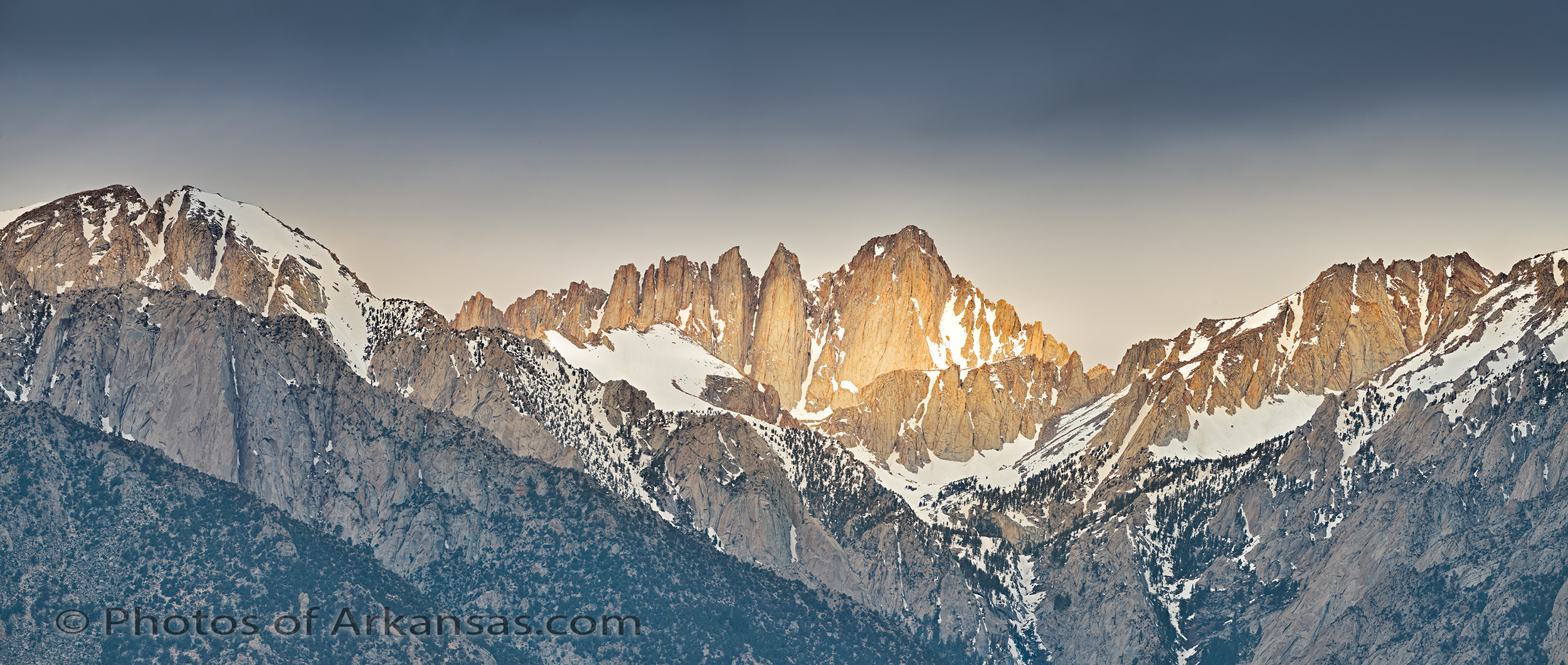D800 Reticulation issues during night photography–white dot problems
- At August 02, 2013
- By paul
- In Articles/Reviews, Nikon Gear
 0
0
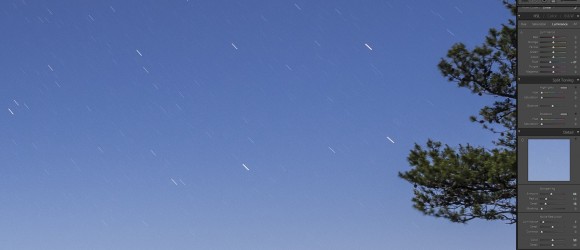
I have been using the Nikon D800e now for about 10 months in outdoor night photographic work. Recently I have noticed a disturbing issue with the results which I believe look very much like reticulation errors from the old darkroom days. If you over processed a B&W negative during the you could get a coating of very faint white dots on the negative. You can also sometimes get this in the print making but I found it more common on the film processing side. The net result was a ruined image that was covered in white dots. So far in my years working with digital files I have not seen this type of an error. With the D800e I noticed some a few white spots on some of my longer exposures when I first started to use the camera for night work. However they were not very numerous usually only numbering from 10 to 20 total. On my last night outing my D800 really had a problem with this. When you double click on the image shown above you can clearly see the numerous white dots throughout the image.
A bit of history, my night photographic work is done with stacking. I prefer the output from stacking over one single long exposure. If you work with a Nikon on a single long exposure with “long exposure noise reduction” turned on, there is a problem. Nikon like all other camera companies, basically runs a dark frame for the same time as the original exposure. However with Nikon you are locked out of the camera for the duration of the dark frame. So if you shoot a 45 minute single exposure, then after the original shot finishes, you will then have to wait another 45 minutes while the dark frame runs. You cannot take any other pictures or make camera adjustments until the dark frame finished. There appears not to be a buffer that the dark frame can be run in the background. With Canon (at least on the 5D MKII and 5D MKIII) you are not locked out and the dark frame is done in the background in a buffer. You will eventually buffer out after about 3 exposures, where on the 3rd shot you will have to wait for about 20 minutes for the camera to free up, but this is still much better than Nikon’s implementation which is the same as Phase One’s on their medium format backs. I always recommend long noise reduction to be on with single long exposures as there tends to be way too many stuck pixels created and the dark frame will remove these along with some of the base line noise created.
In night photographic stacking where I am shooting to create star trails, dark frame noise reduction creates way too many gaps. An example during a a series of 1 minute 50 second exposures where I might take 25 total frames to get to around 45 minutes I will have only 12.5 total frames of data, the other 12.5 frames will be taken up during the dark frame. Yes there are tools like Star tracer to fix the gaps but to fix this many large gaps really causes some overall problems putting the final image back together since Star Tracer has to really move the file to close the gaps.
When a digital camera gets hot you start to see strong image depredation. With Canon files this seems to show in dark black splotches that can become way to numerous to remove. Traditional dark frame subtraction will not get these out since they are already black. Dark frame subtraction is looking for solid colors (red, green and blue) from stuck pixels, and large areas of noise. So in the past before I started to stack my exposures, once I started to see the black splotches on my images I tended to stop for the night. In Arkansas, where summer temperatures can get 8o to 85 degrees at midnight with high humidity you are limited to just how much your camera can handle. Because of this I prefer the wintertime, fall or springtime to get in most of my work. But it’s still hard to resist a clear night in July and August.
With the Nikon D800e you are taking a file that is approximately 2x larger than the output from either a Canon 6D or 5D MKII, even a 5D MKIII. Canon also offers the small and medium raw output which I often use. The reason being that in night work you are not as concerned about the finest details. I would love to see Nikon offer at least a medium raw size output on their their D800 family of cameras in a firmware update. A medium raw output would be around 20mp in size from the D800 and you might not work the chip as hard as with a full resolution output.
As I mentioned earlier when I first started to shoot with the D800e at night I would always see just a few solid white dots. Never more than 20 and usually around 10. These dots were the size of a normal stuck pixel and easy to remove. Lightroom which normally does a good job at removing stuck colored pixels ignores these however and I had to go into the file and manually remove the. I did notice a slow increase in the numbers of these “stuck” white pixels but they were never a big deal. On my last night shoot with the D800e I did start so see many hundreds of smaller white dots. They were about half the size of the stuck pixels sized dots but way more numerous. You could see them on a 100% review of the image on the LCD of the D800e. When I returned to my studio and started to work on the files I found that these white dots numbered more in the thousands. Way too many to manually remove.
The dots are small and faint but depending on the conditions where you shot the stars but if you are stacking then they really pose a big problem. This is because with all stacking, you tend to get faint gaps between the start trails. The gaps can become larger, if you briefly stop the stacking process to check your exposure. On a 45 minute or longer stacking series, I will tend to stop the camera several times to check my exposures to make sure for example the moon has not started to create destructive flare, or due to the amount of moonlight I need to increase or decrease my shutter speed/iso setting. To close up the gaps, I use a software tool call Star Tracer and it does a great job. However the way it closes the gaps is to move the image up and down slightly and by this it moves the star trails over the gaps closing them. If you have dots or stuck pixels, you will see the dots take on a stepping pattern the number of steps is determined by how many times star tracer had to move the actual file. This creates a dotted line throughout the image and can ruin the image. The only way to fix it is to manually remove as many of the dots as possible before you run Star Tracer. Here is a closer view of the problem areas in one of my shots.
After first seeing this, I found that I could remove about 1/2 of the problem dots by increasing the amount of noise reduction I was using on the file. In Lightroom I increased the noise detail slider, the color noise slider and the overall luminance slider. This in effect blurs the dots enough many of the more faint ones will not show up. Since I also stack the images in Photoshop I run both a maximum and mean stack mode and then combine the two. By combining these outputs you can reduce the number of dots by as much as 1/3 more. I also have found that by using Capture One instead of Lightroom I can remove almost all of the dots since Capture One has a different noise algorithm which seems a bit more sensitive to this type of problem. Capture One also offers “single pixel noise reduction”.
I also ran the same D800 Raw files through Capture One version 7 and with the single pixel noise reduction slider moved to about 50 percent these dots are almost all removed. On this particular shot the moonlight was also causing a similar issue that one sees when using a circular polarizer. The lens I was using was the Nikon 14-24 @ F3.5 and the sky consistently was darker in the center than on the sides. This is not classic vignetting, as the amount of light and dark areas far exceeded normal vignetting. Here is a small shot from a Capture One processed image.
Capture one actually processed out the files quite a bit easier than Lightroom 4.4. I tend to still lead with Lightroom 4.4 with my D800 shots especially the night shots. This due to the fact that Capture One tends to have a bit more problems with the blue hue of the night sky which is due to the moonlight. Capture one does apply a bit more noise reduction to the files than Lightroom as a default. This will generate a very clean sky, but tends to make trees and rocks a bit tool soft. This is not really a big issue since I am stacking and generally only will use one image’s foreground for the final output. It’s very easy to go back and reduce the amount of noise reduction and then re-output the file. On these images where I was working with about a 4/5’s moon, Capture One was able to pull out quite a bit more of the distant stars than Lightroom. Here is an side by side showing the difference the noise reduction settings can have on the more detailed parts of files in Capture One.
I am hoping that this issue does not get worse, as if it does I will have to send the camera back to Nikon to see if they can determine what might be causing the problem. So far I have only seen this type of noise in my night shots, however they seem to show up even in the lower iso ranges of 200 through 400. As I only own the (1) D800, I can’t state that this is an issue with all Nikon designs or if it’s just an issue with my D800e or all D800e/D800 cameras. In May when I last shot the D800e at night the ambient temperatures were about 82 to 75 degrees which should not be that much of an issue. I would expect this more in temperatures of around 87 to 96 degrees.
The other option would be to try the D800 on a single long exposure with the long noise reduction on. This would limit me to about only one shot per night, maybe 2. Or I might try to stack with the long noise reduction on and see if I can get Star tracer to close up the gaps. Either way it’s a major inconvenience.

